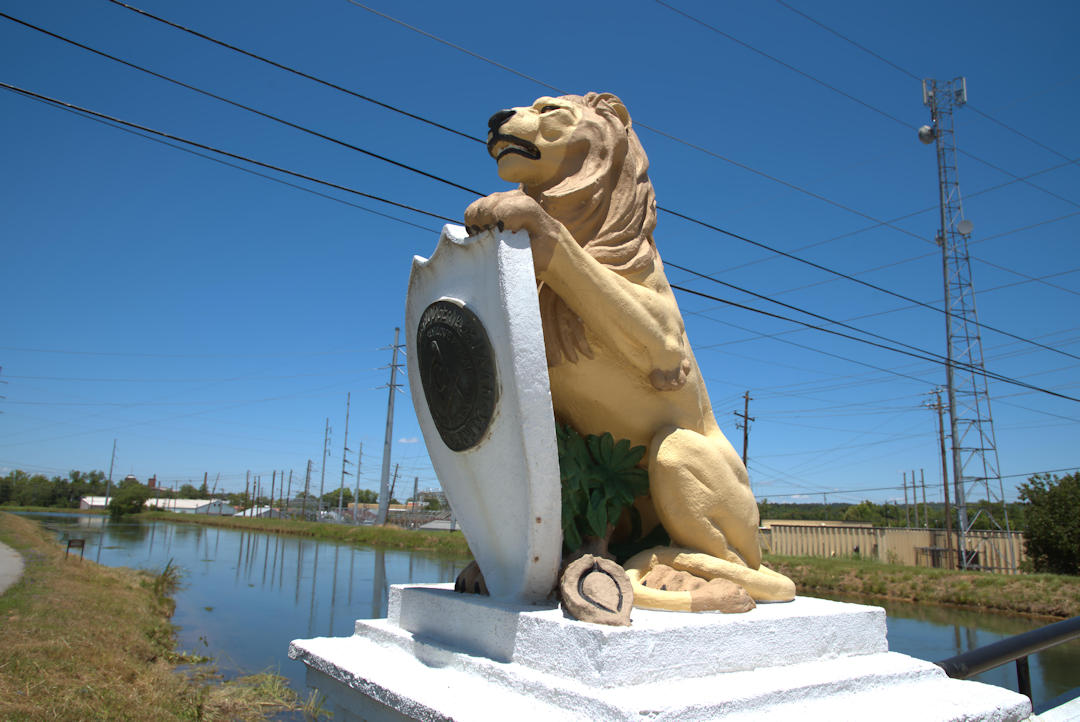
The Major Archibald Willingham Butt Memorial Bridge [shortened to Butt Bridge, locally] is Georgia’s only monument to a victim of the sinking of RMS Titanic and is also one of the most unusual. In terms of sheer size it’s likely the largest such memorial in the nation. Four regal lions guard the corners of the bridge and bald eagles perch atop lighted globes on both sides. The pedestrian friendly structure is also a great place to view the historic Augusta Canal.
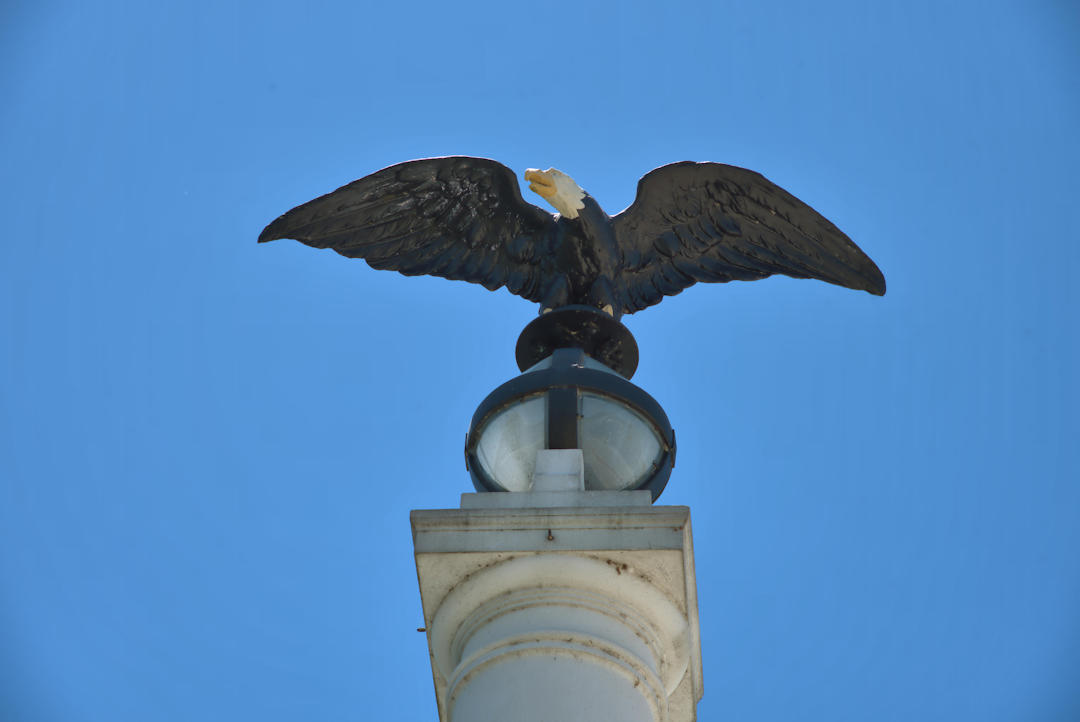
It is quite an ostentatious tribute and by nature a “living memorial”, carrying thousands of cars per day over the Augusta Canal at 15th Street. Nisbet Wingfield, the city engineer and commissioner of public works for the city of Augusta, was the engineer for the bridge; William Henry Deacy, who specialized in memorials, was the architect; and the W. W. Leland Company was responsible for the whimsical decorations. [The reinforced concrete bridge is 52.8′ at its largest span, has an overall length of 155.8′, and has a deck width of 55.8′. It is a T-beam, designed to look like an arch form]. By 1994, the future of the bridge was uncertain, but citizens rallied to save it, with the phrase “Save our Butt” a common refrain throughout Augusta. It took over 20 years for everything to fall into place, but in 2017 rehabilitation of the bridge was complete and the future of one of the city’s most unique monuments was insured.
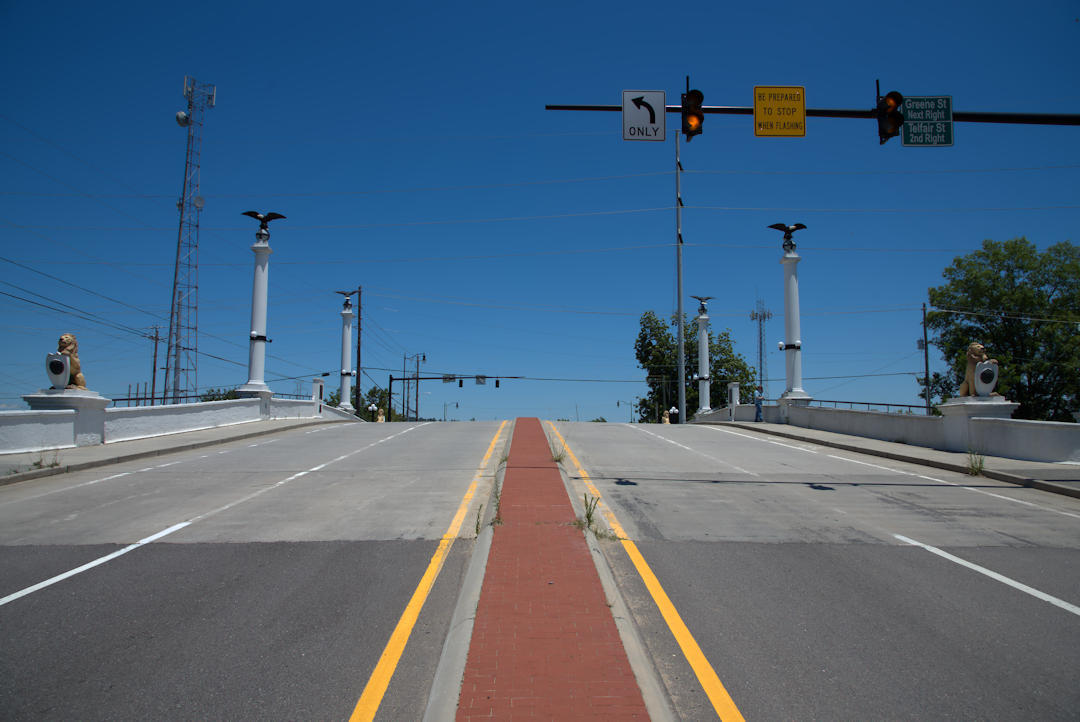
Major Archibald Butt (26 September 1865-15 April 1912) was born to a once-prominent Augusta family who had fallen into poverty after the Civil War. While attending the University of the South in Sewanee, Tennessee, Butt developed an interest in journalism, eventually editing the school newspaper. Before moving to Washington, D. C., Butt worked at the Louisville Courier-Journal and the Macon Telegraph. Upon arriving in the nation’s capital, he covered the government as a correspondent for a syndicate of newspapers in Nashville, Augusta, Atlanta, and Savannah. Through his skillful journalism, he made valuable connections with Washington’s high society and this ultimately landed him a job as the first secretary of the American Embassy in Mexico (1895-1897). Over the next few years Butt continued to write. He also served as a quartermaster in the Spanish-American War, noted for saving the lives of some 500 mules by turning down poor conditions in Hawaii and sailing on to the Philippines, where he remained until 1904. His logistical skills as a supply manager drew much praise, and he later served as Depot Quartermaster in Havana during America’s 1906 occupation of Cuba.
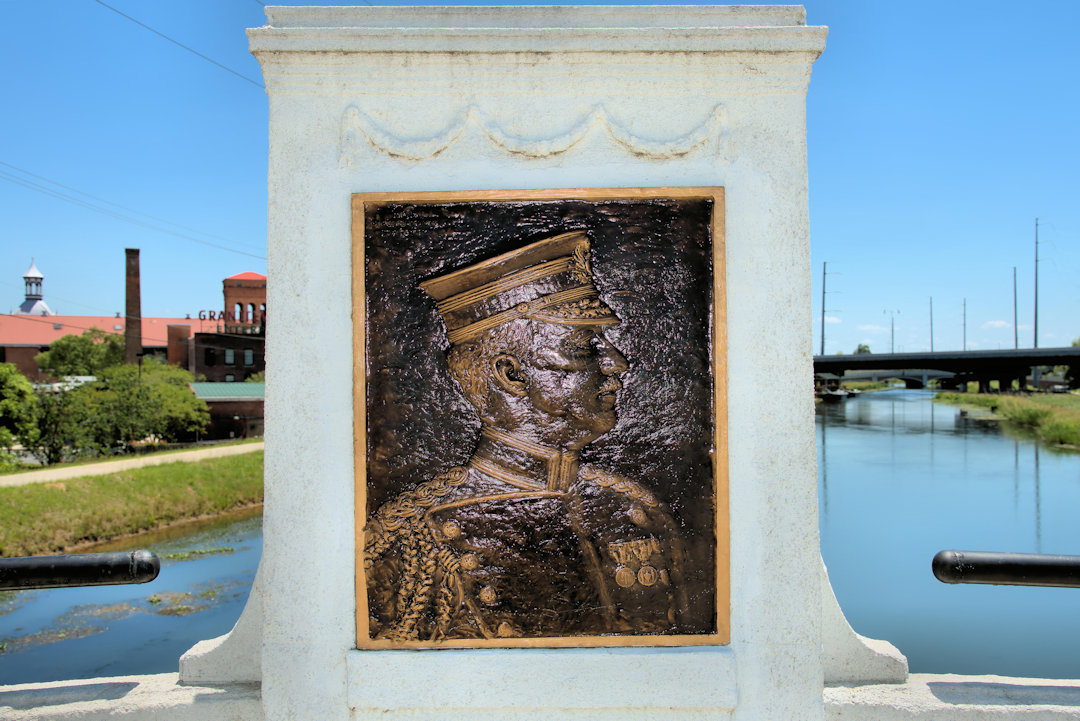
In March 1908, he began serving as the military aide-de-camp to President Theodore Roosevelt, and retained that position with the incoming Taft administration. The military aides-de-camp of this time were essentially protocol chiefs and had close working relationships with presidents. Taft considered Major Butt a close friend, and the Taft family, as a result, were fond of visiting Augusta.
Butt never married and was the housemate and companion of the American painter and sculptor, Francis Davis Millet. Millet had been peripherally associated with the salon of John Singer Sargent and knew many of the finest artists in America during his lifetime. In 1912, Butt took leave from his White House job when animosities flared between Taft and Roosevelt, and he and Millet had been vacationing in Europe, highlighted by an audience with Pope Pius X, before embarking for home on the Titanic. It was said that both men helped women and children onto lifeboats before losing their lives, though this may be apocryphal. Taft was known to have been deeply saddened by Butt’s death.
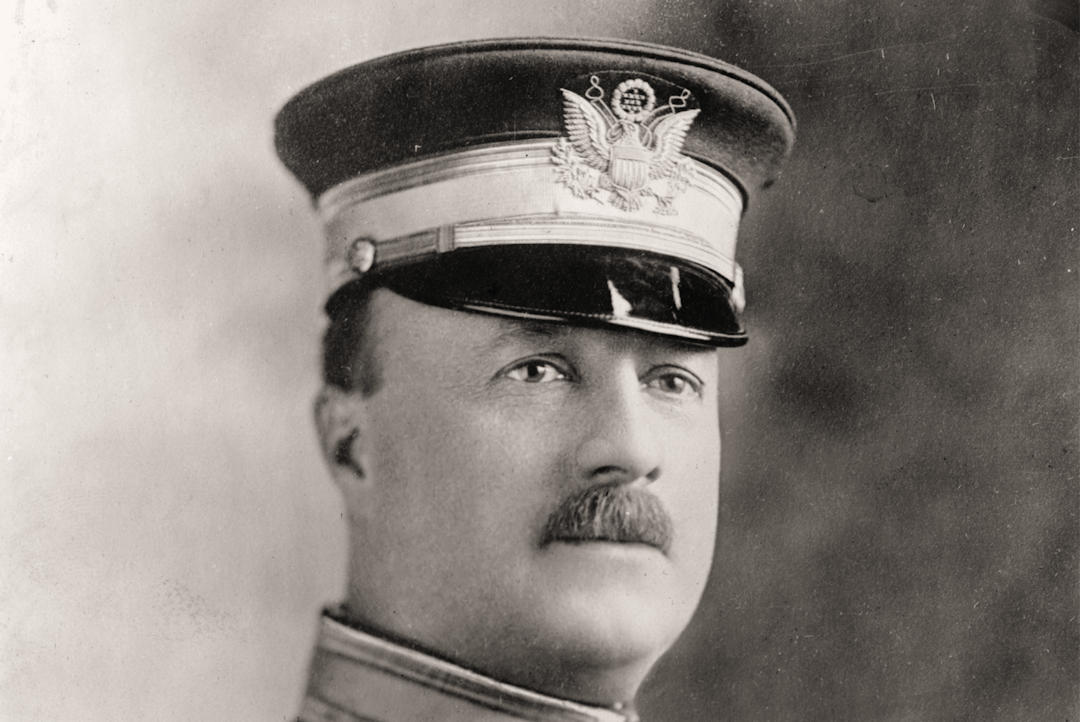
A fountain dedicated to the memory of Butt and Millet was placed in President’s Park at the White House in 1913. In April 1914, former-President Taft visited Augusta to pay tribute to his close friend, and spoke at the dedication of the Memorial Bridge.
Augusta Canal Industrial District, National Register of Historic Places + National Historic Landmark + Augusta Canal National Heritage Area

Pingback: Archibald Butt Memorial Bridge, 1914, Augusta: Georgia’s Only Titanic Memorial — Vanishing Georgia: Photographs by Brian Brown – The Bridgehunter's Chronicles
Brian, this is the type of post I really appreciate.
Fabulous history!
Great info Brian. I knew Butt was from Augusta, went down on the Titanic and was the President’s military aid, but you really filled in all the blanks. A fellow architect and friend was doing work in Augusta at the time of the efforts to save the bridge and tells me the “Save our Butt” slogan was only slightly more heard than “Don’t let Archie go down again”!
Fascinating!